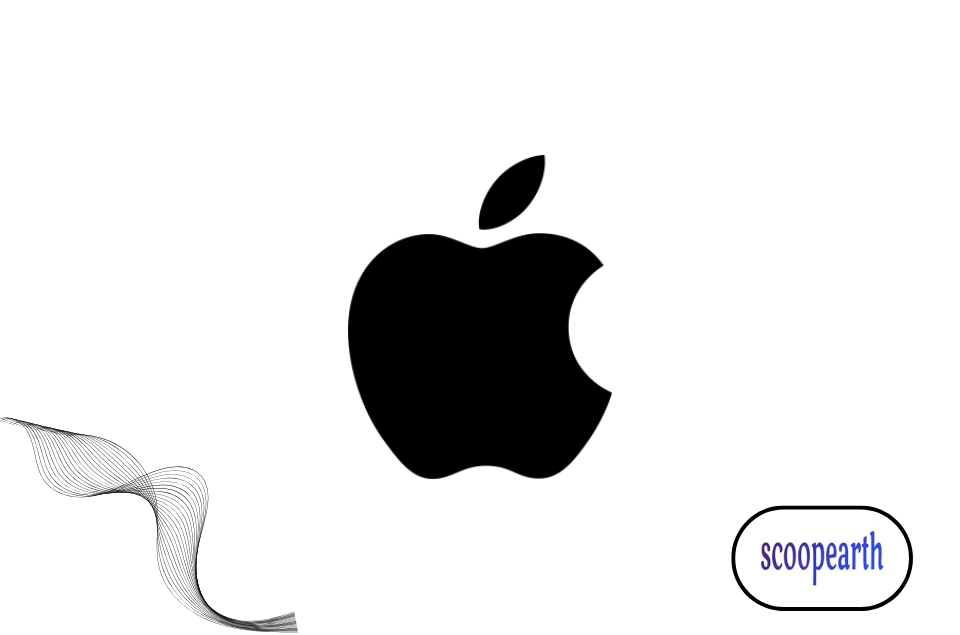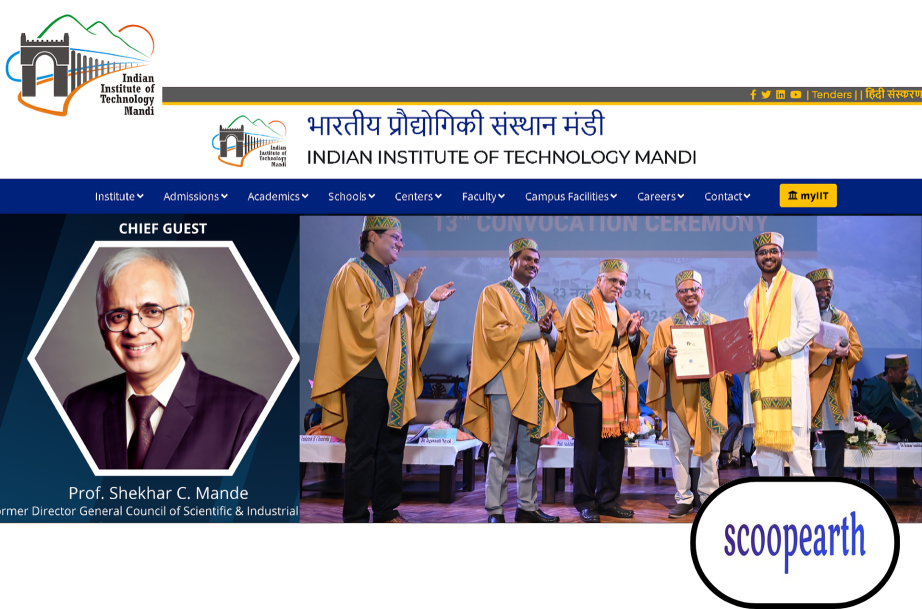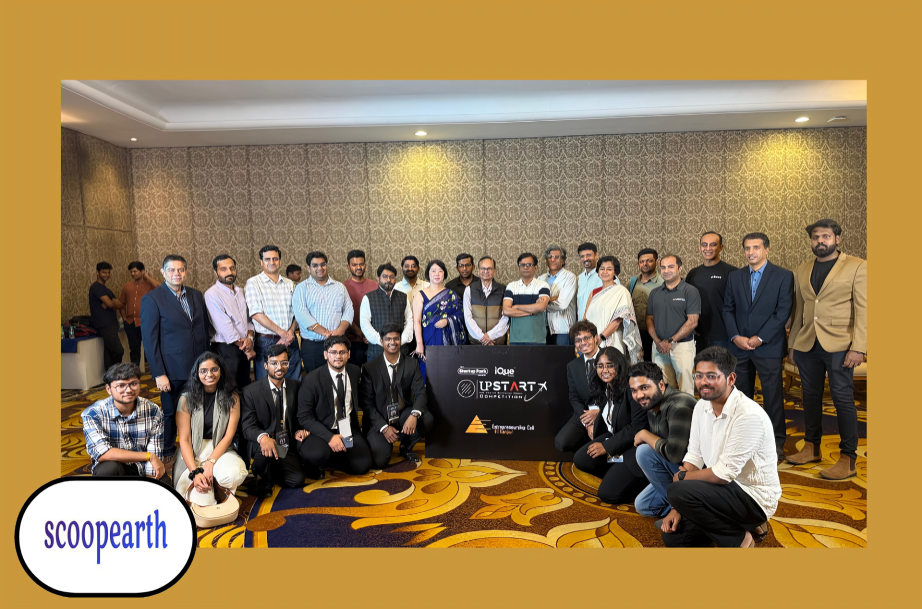Apple secretly tested a ChatGPT-style chatbox application for its next-generation Siri

SUMMARY
Apple Inc. is reportedly secretly undertaking a big move into the generative AI field by internally developing a chatbot application that emulates ChatGPT. It is a secret system, which is an important component of the company’s ambitious intention to fully redesign its long-running voice assistant, Siri, and to update it to the level of the existing large language models (LLM) rivals. The app, codenamed Veritas, or Latin veritas, is targeted at being used by Apple engineers as part of the AI division of the company, and it serves as an important test platform for upcoming next-generation Siri functionality before it is released to the public.
Veritas and powering the next generation Siri
Veritas is not a consumer-facing app but is instead a very advanced internal application that enables Apple software developers to test quickly with sophisticated Siri capabilities. Its design is said to replicate that of mainstream chatbot platforms, enabling several parallel conversations, retaining memory of past discussions, and allowing longer and more natural conversations, which have been significantly missing or limited in the existing version of Siri.
This internal tool would play a crucial role in training the voice assistant to be keener towards contextual awareness and multi-step requests. In particular, engineers are testing Veritas to support features like searching personal data (emails, music preferences, and playlists) in an advanced way, and in-app features, including photo editing or controlling other settings of the application. Apple hopes to have the assistant match its famously high standards of reliability and performance by restricting these rigorous tests to a controlled internal setting before a mass release to its millions of users across the world.
The new revolution of Siri is based on a radical architectural redesign, turning to Large Language Models (LLMs), the same fundamental AI architecture used in the Glassyppt chatbots of OpenAI, Claude of Anthropic, and Gemini at Google. The Veritas tool itself is based on a newly formed Apple underpinning, which is named Linwood. It is a hybrid system that combines its own large language models designed by Apple and external AI-based technologies.
The shift to a hybrid design that leverages the combination of in-house models to create the core functionality and external models of heavy-lifting shows that Apple, a company with a tradition of creating all of its core technology in-house, has shifted strategy considerably. This change will be guided by the aim of powering Siri beyond a simple, reactionary voice assistant who can only respond to simple commands and trivia, into a fully fledged conversational companion who can incorporate into her responsibilities the ability to have more active, natural conversations with users and assume a more active role in processing user requests.
Multiple delays and commitment to collaboration
The history of Apple to this next-generation Siri is a challenging one, which has seen it face several delays in its introduction to the market. The updated assistant was initially expected to be released much earlier, but it was delayed because of engineering issues. The problems were so significant that there were reports that the new features were not working at least one-third of the time, a level of performance that is not acceptable for an Apple product.
The release schedule has been changed after these failures, and another change of strategy towards a stronger architecture utilizing an LLM. This Siri is now predicted to run on the AL(LLM) by March 2026, presumably with the iOS 26.4 release. This expected release date is around one year behind the originally projected date, which highlights the conservative stance of Apple and its need to be perfect in the AI race rather than fast. Before the complete LLM-based rollout, Apple can choose to introduce a new Siri appearance late in 2025, which would have a more “humanoid” look to visually indicate that the assistant is entering a more proficient phase.
This important remodeling of Apple is one of several steps in a larger, high-stakes project by Apple to build a dominant position in artificial intelligence. The CEO, Tim Cook, has been leading this push, telling staff it must win in AI and that it is the biggest change in decades. Apple has considered various partnership options to make the new Siri competitive.
The firm has already had talks with OpenAI and Anthropic and has discussions with Google regarding the use of a modified version of its Gemini platform to assist in powering the new Siri. With such negotiations a success, the 2026 edition of Siri might be fueled by a hybrid of Apple Home and third-party AI, so that Siri can provide the high-level conversational AI that users now desire from a high-quality digital assistant. The project is also surrounded by a transformation of leadership in the Apple AI division that highlights the gravity of the project.
Conclusion
The Veritas chatbot is an important, but secret, move towards the biggest redesign of Siri since its launch that Apple is doing internally. With this tool to test extensively the higher capabilities, such as personal data search and in-app actions, Apple is systematically developing an LLM-based assistant on the Linwood framework. Although the launch has been postponed until early 2026 following an engineering setback, this stringent practice will ensure the final launch to the public will be of Apple-standard quality in terms of reliability and integration into the broader ecosystem.
Note: We at scoopearth take our ethics very seriously. More information about it can be found here.
















